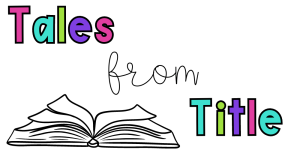On the Blog
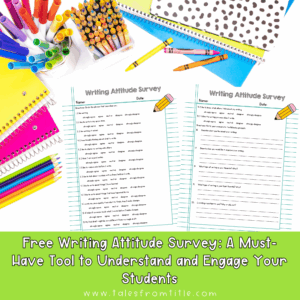
Free Writing Attitude Survey: A Must-Have Tool to Understand and Engage Your Students
I’m not sure why, but once the Fourth of July hits, I feel like summer is over and I need
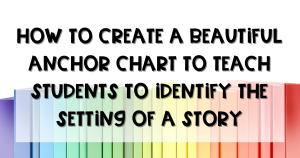
How To Create A Beautiful Anchor Chart To Teach Students To Identify Setting
If you’ve read my blog post about anchor charts, you know how important I think they are in the classroom.
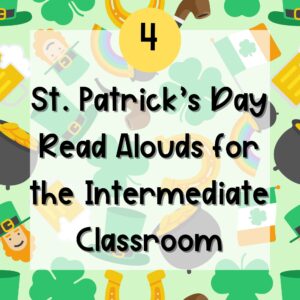
4 St. Patrick’s Day Read Alouds for the Intermediate Classroom
St. Patrick’s Day is right around the corner, so it’s time to plan how you’ll incorporate this holiday into your
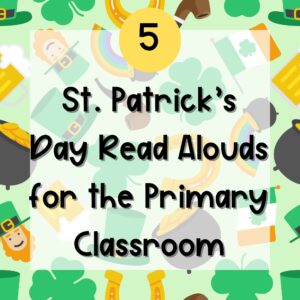
Celebrate St. Patrick’s Day: Best Books for Kids
St. Patrick’s Day is right around the corner, which means it’s time to start planning how you’ll incorporate this holiday
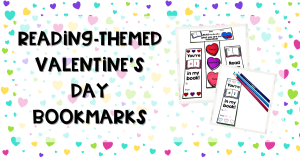
Reading-Themed Valentine’s Day Bookmarks – Freebie
Can we talk about how Valentine’s Day manages to sneak up on me every single year? I’m not even sure
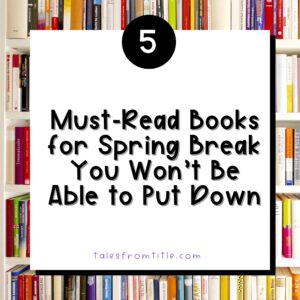
5 Spring Break Reads You Won’t Be Able to Put Down
As I sit here in the middle of January, it feels a little strange to be writing about spring break
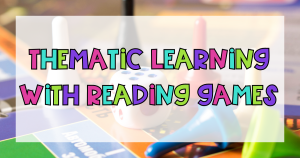
Thematic Learning with Reading Games
As a 90’s kid, I always thought quicksand would be a more significant problem in my life than it actually
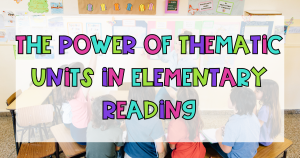
The Power of Thematic Units in Elementary Reading
Introduction: Have you ever stopped and just mourned all the things that have vanished from schools and the education system,
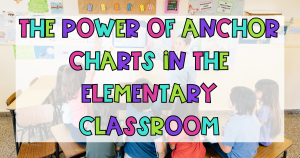
The Power of Anchor Charts in the Elementary Classroom
In the world of education, teachers are always looking for innovative ways to engage and empower their students. One powerful

How to Simplify Intervention Paperwork
In education, a teacher’s commitment to meeting the diverse needs of students is extremely important. As teachers strive to provide
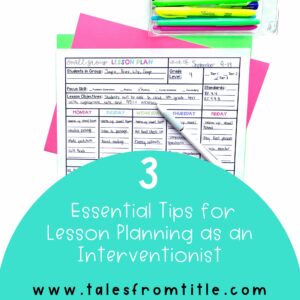
Three Essential Tips for Lesson Planning as an Interventionist
When I accepted a job as a Title 1 reading interventionist in 2016, I had no prior experience in that
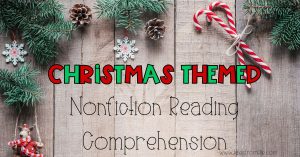
Keeping Students Engaged Before Winter Break with a Scavenger Hunt
‘Tis the season to infuse holiday cheer into the classroom while keeping students engaged and active. All while probably being
